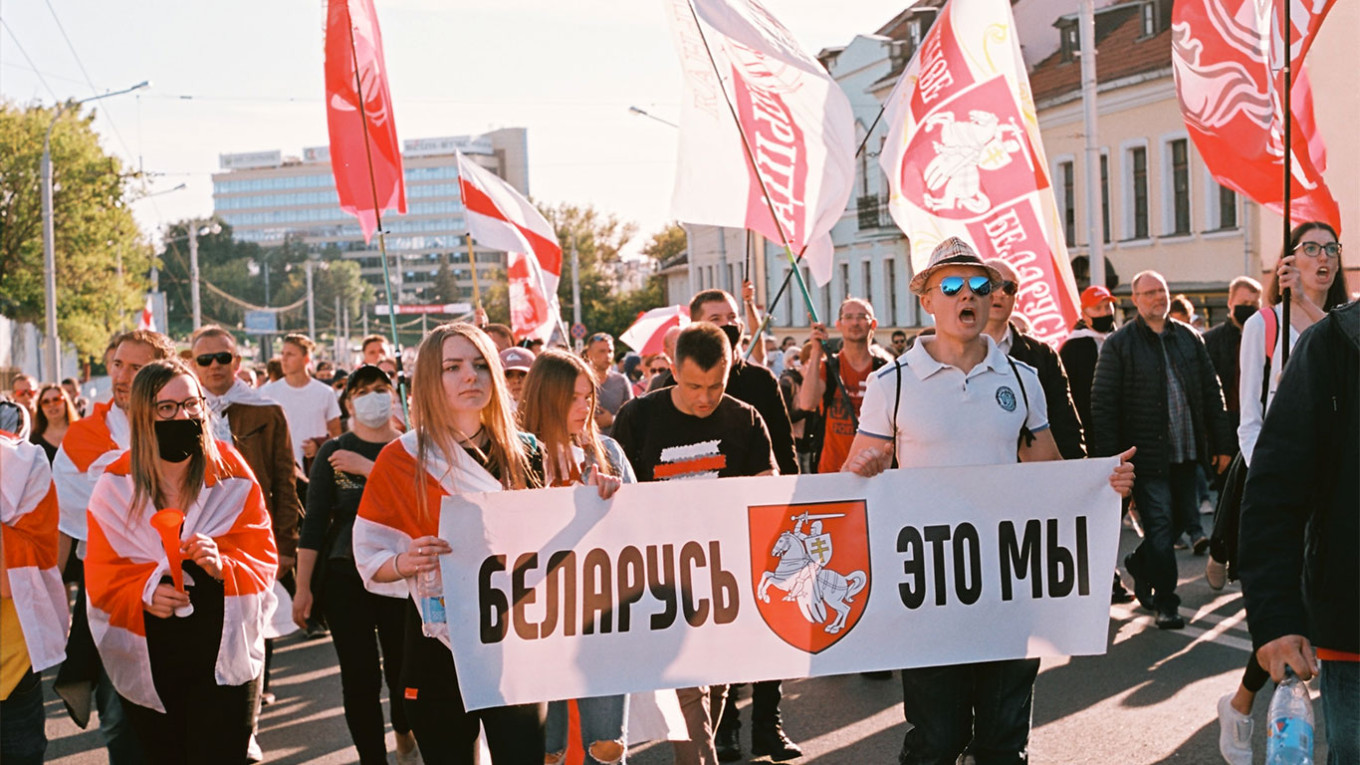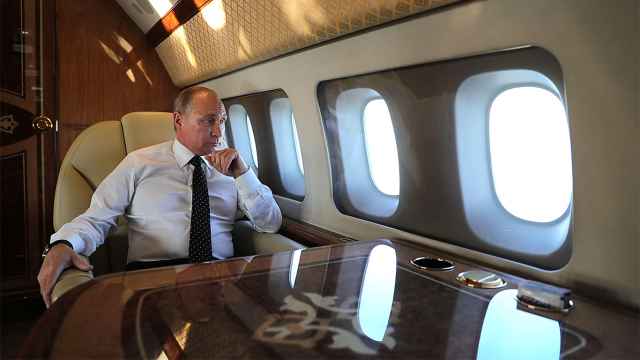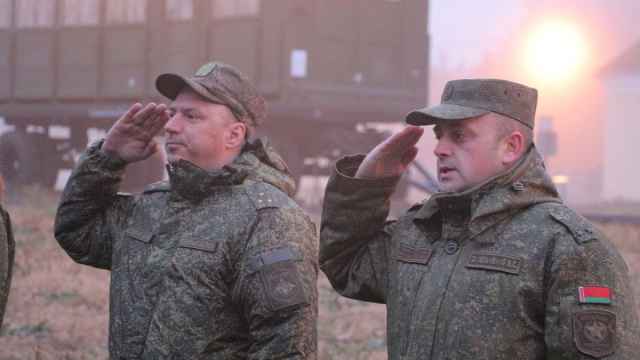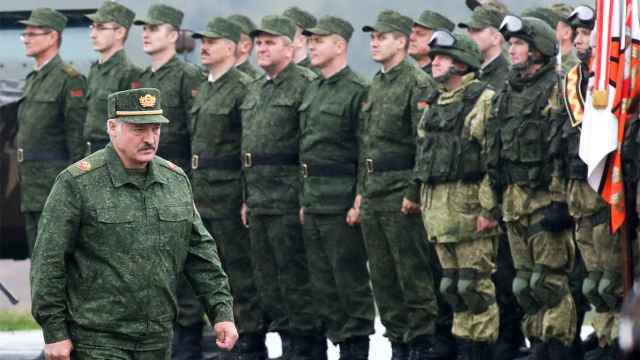“A Blank Space on the Map” is the first chapter of “Belarus in Crisis” – a fitting title for a country that faded from world news after its revolution stalled. Hansbury’s book on this “blank space” is a concise and yet wide-ranging study that corrects this cartographic crime. While the focus of the book is the period of civil unrest following dictator Lukashenka’s fraudulent elections in August 2020, he intersperses the story with “interludes” that put the nation’s history, politics and economy into context.
The author has two extremes to avoid with his history of Belarus: parachuting readers into the country without a guide to centuries of shifting alliances and borders, and sledgehammering them with facts about the Polish-Lithuanian Commonwealth. It’s a difficult balance, but Hansbury makes it look effortless.
His argument that Belarus is torn between “Western-facing” and “Eastern-facing” nation-building projects is skilfully handled, and he breaks down how past attempts to create an independent country have made it difficult for democrats in later years to unite the nation behind a single banner. For instance, the “Pahonia” emblem – a white knight on a red flag – was used by the short-lived Belarusian People’s Republic in 1918 but also by the wartime puppet government that collaborated with the Nazis. Lukashenka has tried to paint protesters – who adopted red-and-white symbols in the recent revolution – as dangerous extremists, and even Nazis.
Hansbury summarises Lukashenka’s 29-year reign, bolstered by brute force but also by flashes of genuine popularity. An overview of this kind demands a lot of polling data. This can be deadly in the wrong hands, but the author’s style is lively, noting, for example, that Lukashenka awarded himself a “devilish 66.6 percent of the vote.” He has a sharp eye for detail, capturing the pragmatic and slightly petty flavor of the regime’s repressions, such as Lukashenka building a restaurant over Kurapaty — the burial ground of a notorious Soviet-era massacre — and dealt with a shop selling offensive T-shirts during the revolution by simply “turning its electricity off.”
Popular dissent, in Hansbury’s view, began slightly earlier than some suggest, with the 2017 “Parasite Tax.” The author argues convincingly that this move to punish the unemployed at a time of plummeting wages was a particular misstep by the regime. He also breaks from the herd by insisting that the 2020 election’s unexpected candidate, Sviatlana Tsikhanouskaya, didn’t win – although she didn’t lose either. His description of the government-in-exile as a “busted flush” hits home: almost two years after failing to gain power, the group has had real problems organising themselves.
Hansbury’s story of the elections and their aftermath is a sensitive and engaging one. He includes interviews with people close to the events, such as the editors of opposition Telegram channels who coordinated many of the protests. There are stark reminders here of the “crimes” for which thousands of Belarusians have been jailed, such as wearing red-and-white socks.
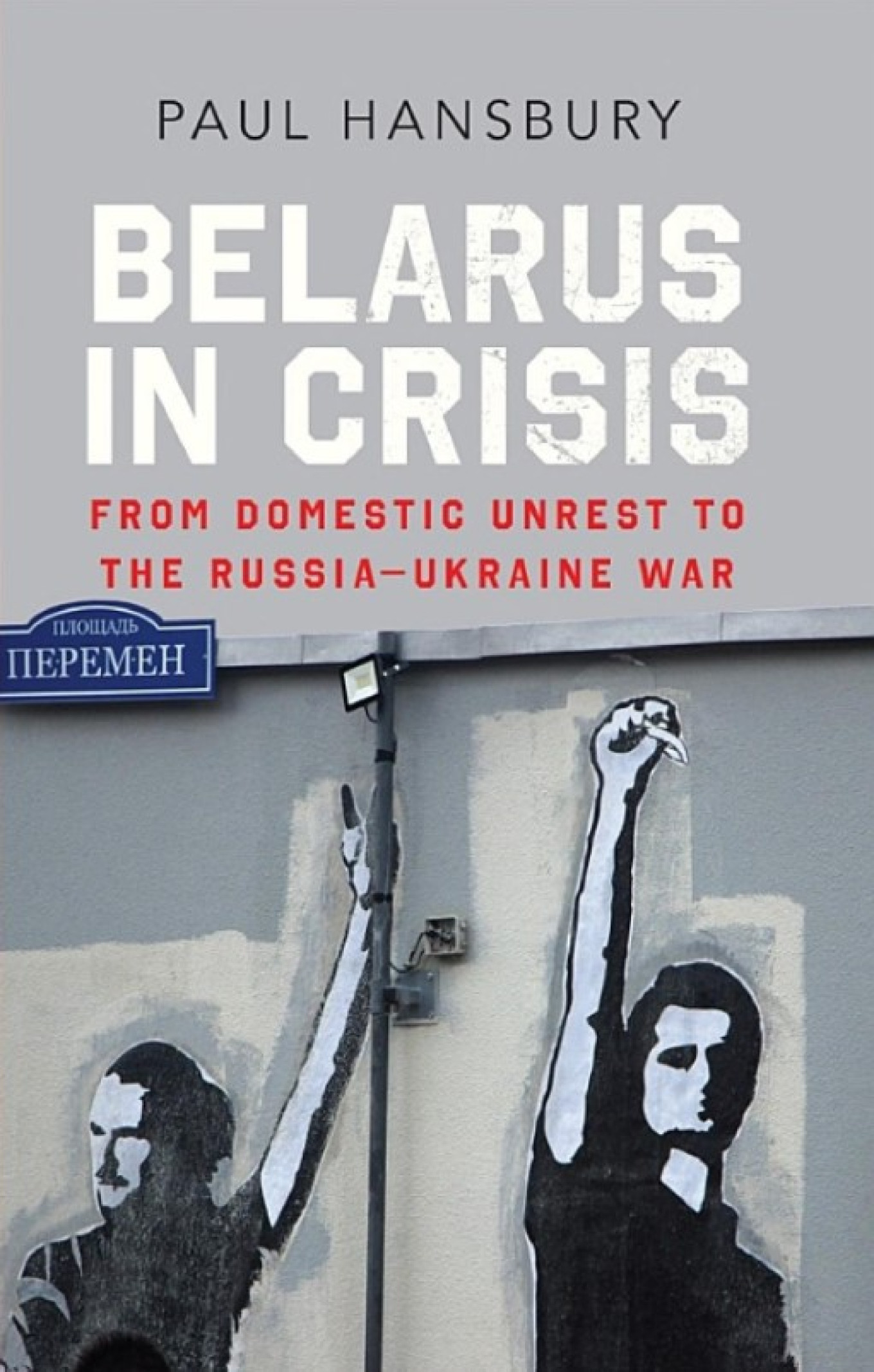
Hansbury charts Belarus’s rise as a “quasi-petrostate” with a strong side-line in re-exporting EU sanctioned products to Russia. He argues that Russian loans have been “keeping Belarus’ lights on,” but that this financial interdependence has become a headache for Russia – as well as the West. And he argues that while the war in Ukraine has drawn Belarus more tightly into Russia’s orbit — which even Lukashenka’s “Eastern-facing” regime always sought to moderate — U.S. and E.U. sanctions against Belarus have backfired.
In the penultimate chapter Hansbury makes the bold argument that Western policymakers looking to topple Lukashenka missed their chance in summer 2020, which would have meant cutting a deal with Putin (“unsavory,” but not completely implausible at this point in the timeline). This is an interesting theory, but unfortunately Hansbury doesn’t pursue it— an oversight in an otherwise careful study.
The book is somewhat hampered by the understandable lack of interviews with important dissident figures; carrying out research in or about Belarus remains dangerous due to the risks to anyone speaking out candidly.
Hansbury’s writing is strongest when he weaves past and present. In his opening pages he compares the infamous hijacking of Ryanair flight 4978 with a forgotten incident from the mid-nineties, when two unlucky American hot-air-balloonists were shot down in Belarusian airspace. In the West, Lukashenka’s aggression is frequently underplayed because he usually aims at his own people. This is a tragedy, and Hansbury also reminds us that the dictator can shoot over his border as well.
A Message from The Moscow Times:
Dear readers,
We are facing unprecedented challenges. Russia's Prosecutor General's Office has designated The Moscow Times as an "undesirable" organization, criminalizing our work and putting our staff at risk of prosecution. This follows our earlier unjust labeling as a "foreign agent."
These actions are direct attempts to silence independent journalism in Russia. The authorities claim our work "discredits the decisions of the Russian leadership." We see things differently: we strive to provide accurate, unbiased reporting on Russia.
We, the journalists of The Moscow Times, refuse to be silenced. But to continue our work, we need your help.
Your support, no matter how small, makes a world of difference. If you can, please support us monthly starting from just $2. It's quick to set up, and every contribution makes a significant impact.
By supporting The Moscow Times, you're defending open, independent journalism in the face of repression. Thank you for standing with us.
Remind me later.



